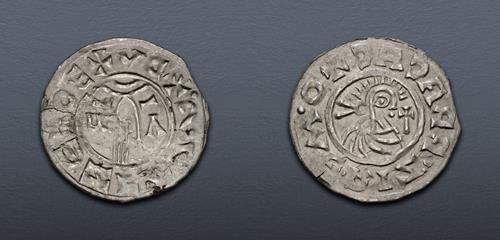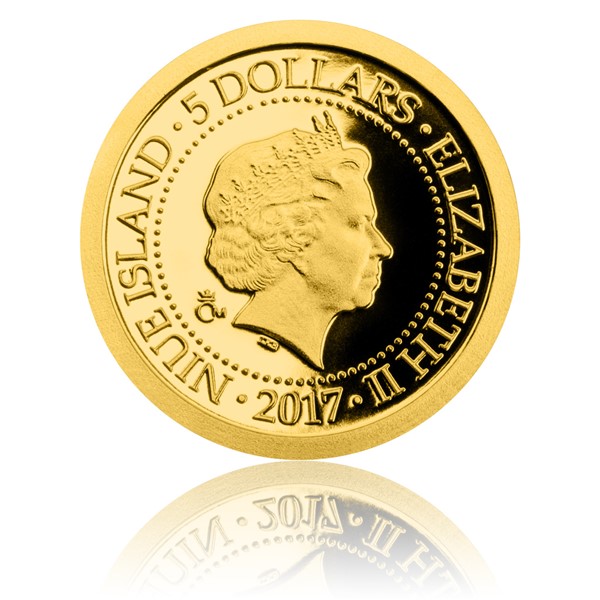New Reasons For Plaster Czechoslovakia Medals
New Reasons For Plaster Czechoslovakia Medals
Blog Article
What Is The Purpose Of A Mould Made Of Plaster? Serve As The First Physical Representation Of A Gold-Plated Coin, Medal, Or Any Other Item?
The process of creating a plaster mold, or "maquette" that is based on the gold medal or coin design involves several steps to transform the two-dimensional design into a 3D physical representation. The initial Design Reference- The artist or designer uses the design of the gold coin or medal to serve as a reference. This could be a sketch created either by hand or as a digital image that is created using graphic design software. Choosing a medium- Plaster due to its flexibility, is frequently employed for maquettes due to its malleability. Other materials, such as clay and wax may be used.
The preparation of Plaster is mixed with water to make a workable consistency. In order to ensure a clean mould, the mixture must be smooth and free of lumps.
Base Creation- To sculpt the maquette, a base or platform must be built. This base can be a wooden plank, or a flat surface that provides stability.
The sculpting process involves shaping the Maquette- Using the design of gold as a guide, the artist begins sculpting the design onto the plaster. The process involves creating a shape in the plaster to create a relief, or a three-dimensional model of the coin, or medal.
Detailing and refinement- The artist concentrates on adding more details, enhancing the contours of the image, and also ensuring the accuracy of features and proportions in the design. This phase requires precision and attention.
Allowing for drying and setting After the sculpting procedure is complete, the plaster needs to be given time to set and dry. This allows the maquette's shape to be preserved and for its hardening.
After drying, the surface is refined to remove bumps and rough spots.
Preservation and sealing- A sealant or protective coating can be applied on the maquette's surface to preserve it and prepare it for subsequent processes such as scanning or molding.
The resultant maquette is used as a tangible, three-dimensional representation of the gold medal or coin design. The maquette of plaster is used to make molds to make mass-production production possible and also being a material of reference for other stages of the manufacturing process. Follow the top rated Prague Mint gold medals plaster molds website info. including double eagles, chinese gold coins, apmex gold coins, 1 oz silver price, buy coin gold, 1 4 ounce gold coin, gold bullion cost, buy gold bullion, krugerrand gold coin, 2000 sacagawea dollar and more. 
Why Is Vacuum Hardening Used On Dies To Create Gold Coins Or Medals?
To make dies harder for gold coins or medals, they're subjected to temperature control in the vacuum oven. This article will provide an overview of the procedure for die preparation and Cleaning.
To make dies that will be used to create the coins or medals, they need to be clean and free of any contamination or residues.
Injecting Vacuum Furnace
Die dies are then put inside a special heat-treating chamber which can generate a vacuum.
Evacuation via Airplane
The vacuum furnace removes the air in the chamber, creating an environment controlled by vacuum that is free of oxygen and other gases. This is done to avoid oxidation as well as ensure uniform heat treatments.
Heating Phase
The furnace is heated up to the temperature to allow for the hardening of the dies. The temperature range varies based on the materials used and the process of hardening.
Soaking at High temperatures
The material is allowed to reach the desired hardness and the metallurgical structures are created.
Cooling or cooling down
Die dies are immediately cooled off or quenched following soaking. This rapid cooling process helps to ensure the desired level of strength and hardness of the metal.
Tempering is an option
In a few cases the tempering process is performed following the hardening phase. To increase durability and ease the internal strain, dies could be heated to temperatures lower.
Quality Control and Inspection
Hardened dies must pass thorough quality control and inspections to attain the desired hardness, strength or dimensional tolerances.
Post-Treatment Handling-
The dies, following the vacuum-hardening process is complete, could be further processed, such as polishing and coating, before they are utilized in the coin striking or medal striking methods.
The process of vacuum hardening improves the durability as well as the wear resistance and life span of the dies for striking gold coins or gold medals. Through ensuring a controlled and contaminant-free environment the process offers an exact and reliable method to make the dies harder. See the recommended vacuum hardening Prague Mint gold coins site recommendations including valuable gold dollar coins, 2000 gold dollar, 2000 olympic, cost of gold coins, bullion bars gold, gold american eagle price, cheerios sacagawea dollar, cost of gold coins, $50 gold piece, five dollar gold piece and more.
Why Are Dies Required To Be Polished Manually To Achieve A Flawless Finish On Gold-Plated Coins And Awards?
It is crucial to polish hand dies to create a smooth and flawless surface. A smooth surface allows the details of the design to reproduce more precisely on the struck metals and coins.
The die is polished to ensure that the coins or medals struck have sharp edges, clear details, and a good relief. The final product will be of an improved aesthetic and attraction.
Reduced Wear and Tear Polishing may reduce friction during the striking procedure. A smooth die's surface reduces the chance of imperfections or irregularities on the struck coins or medals due to rough surfaces on the die.
Consistency when striking. Hand-polished dummies give an even strike surface and ensure uniformity throughout the process of coining. It is essential to maintain the accuracy, depth, and quality of a design across multiple award or coins.
Longevity of the DiesThe dies with a polished surface are less prone to damage or wear during the striking process. Dies made of these are robust and more long-lasting, allowing them to make more coins without sacrificing their quality.
Precision and Accuracy. Hand polishing lets engravers refine, fine tune and perfect specific areas on the die. The specifics will be precisely depicted on the engraved metal or coin. The accuracy of a finished product is increased due to this level of precision.
Quality Control: Polishing is an important aspect of quality control. Inspection of the die in the process of hand polishing allows the identification and correcting any defects prior to the process of striking.
Surface Finish - Polishing provides a unique finish or texture to coins and medals, enhancing their appearance.
In the end, polishing hand-polished gold medals and dies to perfection is crucial for creating high-quality, precise, and visually appealing products. It's essential for the appearance, uniformity and long-lasting quality of the final product. Read the top hand polishing Prague Mint gold medals site info. including old coins, buy gold bars, gold coin store near me, silver bars for sale near me, gold coin store near me, silver and gold buyer near me, gold dollar coin 2000, bullion dealers near me, 1933 double eagle, 100 grams gold biscuit and more.
How Do Gold Blanks Are Put Into Coin Presses Under High Pressure And Stamped?
During the minting process gold blanks are loaded into coin presses and stamped under extreme pressure to make into finished coins or medals. Here is a quick overview of the process involved in loading blanks.
Gold blanks, previously checked and cleaned for quality they are loaded into a feeder system connected to the coin press. This feeder system provides the constant supply of blanks for the coin press.
Feeding Blanks to the Press
The feeder system is used to feed the blanks into the chamber for striking inside the coin press one at a. This ensures accurate positioning of each blank for stamping.
Alignment and Positioning
The blanks are positioned and aligned inside the chamber for striking of the press in order to ensure they are perfectly centered to be used for stamping.
Moving Under High Pressure
The coin press has two dies: one stationary, and the other that is moving. The stationary die has the negative image of the coin's design, and the one that moves is the hammer that strikes the blank.
The moving die strikes the blank with significant force, and transfers the image onto the blank's surface. Die pressure results in relief raised and details on the coin.
Repeated Striking Optional
In order to create an image or design that is clearer and more clear, several strikes can be applied to high-quality coins or collectible editions. Each strike enhances the detail on the blank surface.
Ejection and Collection
Once struck by the press, the coins or medals that are created are taken from the presses. They then are collected in trays and containers. They undergo inspection for quality control to make sure that the designs stamped meet the standards and requirements set by the manufacturer.
Post-Processing-
If the mint specifies it, they may also apply other processes for edge lettering, reeding the edges, or post-strike treatment.
Stamping gold blanks with pressure is crucial as it transfers the desired design to the gold blanks. Then, they are transformed into finished coins or medals ready for collection, circulation or even commemoration. This process requires precision since any slight variation in alignment or pressure could impact the appearance and quality of the final item. Follow the best minting Czechoslovakia gold medals more advice. including cost of a gold bullion bar, golden and silver, olympic gold medal, 10oz gold bars, gold quarter dollar, gold coins for sale, gold bullion bar price, silver double eagle coin, canadian gold maple leaf, gold bars for sale near me and more.